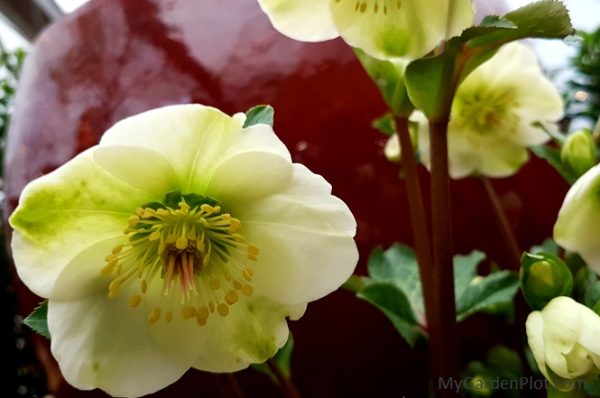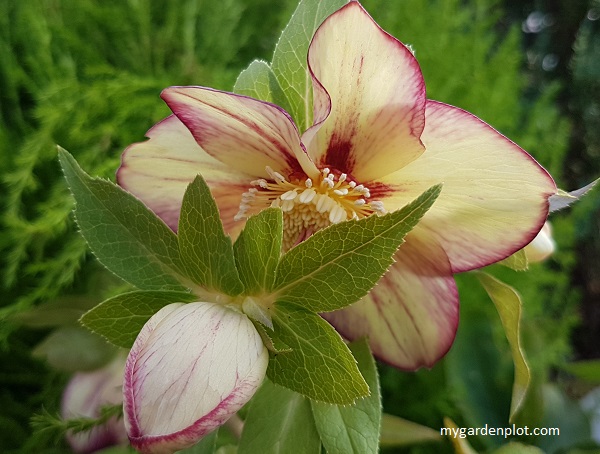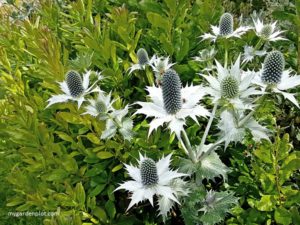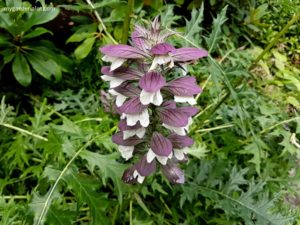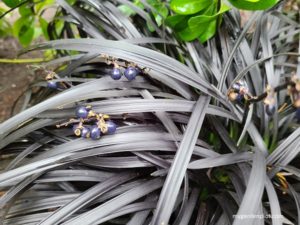Helleborus Orientalis - Lenten Rose
A sure pleaser, the hellebore never fails during winter to impress when days are short, rainy or snowy. When I see these unique winter flowers, I am reminded about the promise of new beginnings – much like a new year offers a fresh start. With a sense of spring approaching, this little hardy semi-evergreen perennial lights up a garden, offering hope and growth. And dare I say, feeling energized to get back to gardening after a dull winter. Below outlines where to plant and how to grow hellebore (Helleborus), also known as Lenten Rose.
Originally from Europe and Asia, the hardy hellebore is an attractive plant offering foliage and flowers in gardens where most plants may still be dormant in winter. Set against dark green leaves, the long-lasting bloom showcases in a choice of shades from white and green to pink and purple. This unique flower is genuinely beautiful and elegant in a winter garden.
Hellebore (Helleborus) At A Glance
Type: Semi-evergreen / Deciduous Perennial
Location: Shade / Partial Shade
Seasonal Interest: Winter / Spring
Height and spread: 18-24 in. x 24 in.
Zones: 5, 6, 7, 8, 9
Coldest temperature hardiness: -29°C to -23°C (-20°F to -10°F)
Where to Plant And How to Care For Hellebore (Helleborus)
The hellebore is best planted in autumn or winter in fertile organic neutral to slightly acidic soil. They do well in partial shade exposure, provided the soil is moist and well-drained. Though once established, the hellebore can be drought tolerant.
Note that it can take about a year for it to settle and prefer not to be moved – so consider carefully where you wish to plant it. The hellebore is also suitable for container gardening, and add beauty to a late winter and early spring flowering planters.
In spring remove any old leaves around the hellebore. By simply removing the fading foliage when the blooms appear, it encourages growth and exposes the beautiful flowers. After flowering, add some mulch to your hellebore plant.
The hellebore is non-invasive and low maintenance. And thankfully, the hellebore is deer resistant and seldom troubled by insects or disease.
